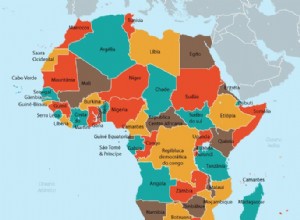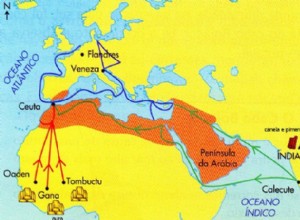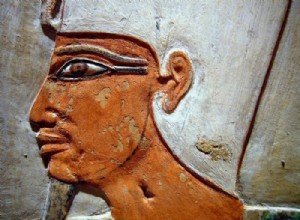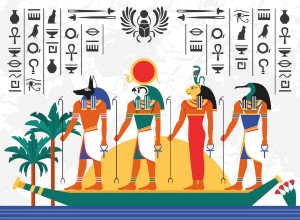The Africa It is the 3rd continent in territorial extension, with 30 million km², occupying 20.3% of the Earths total area. Despite concentrating countless natural resources, the African continent is one of the poorest in the world. Africa is bordered by the Atlantic Ocean on its western coast an




